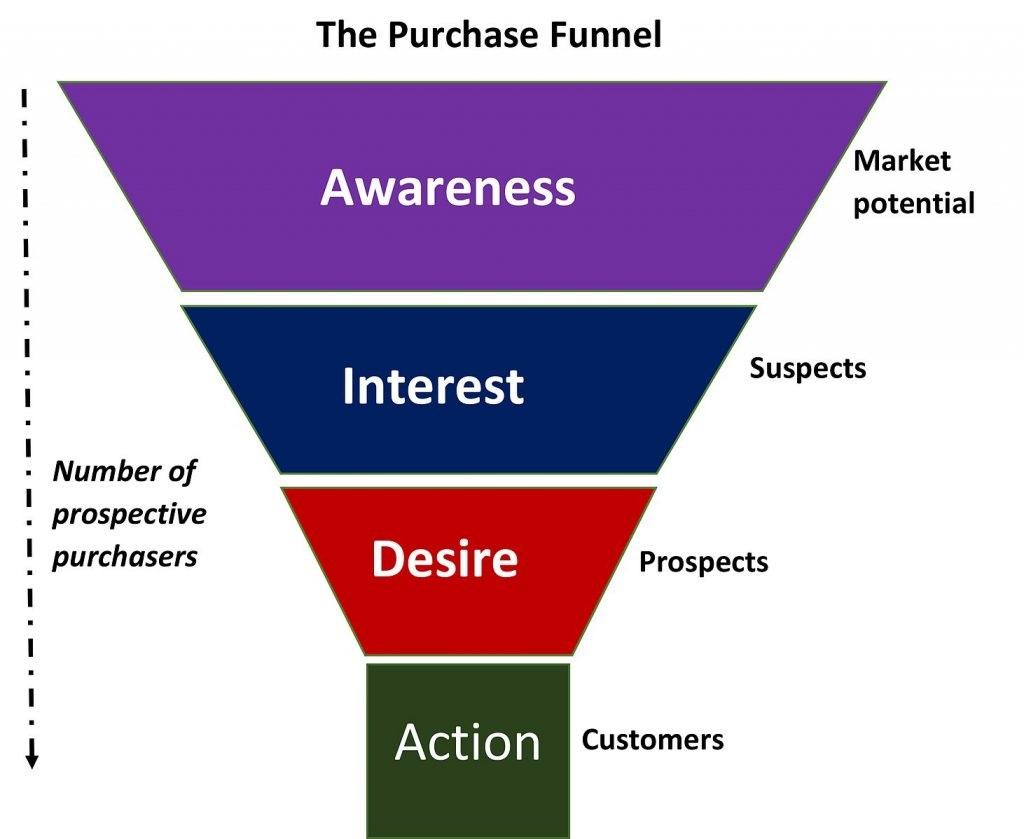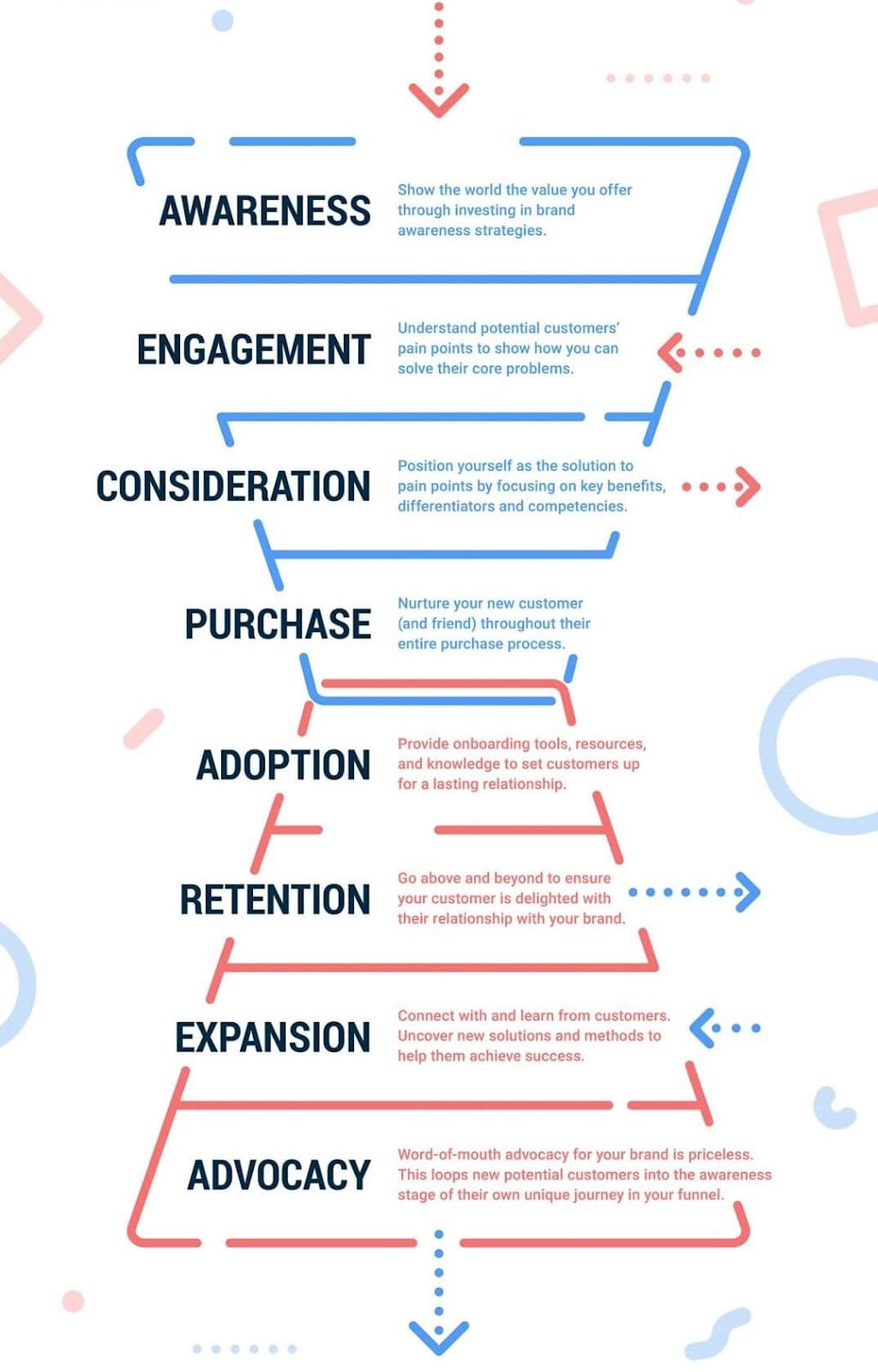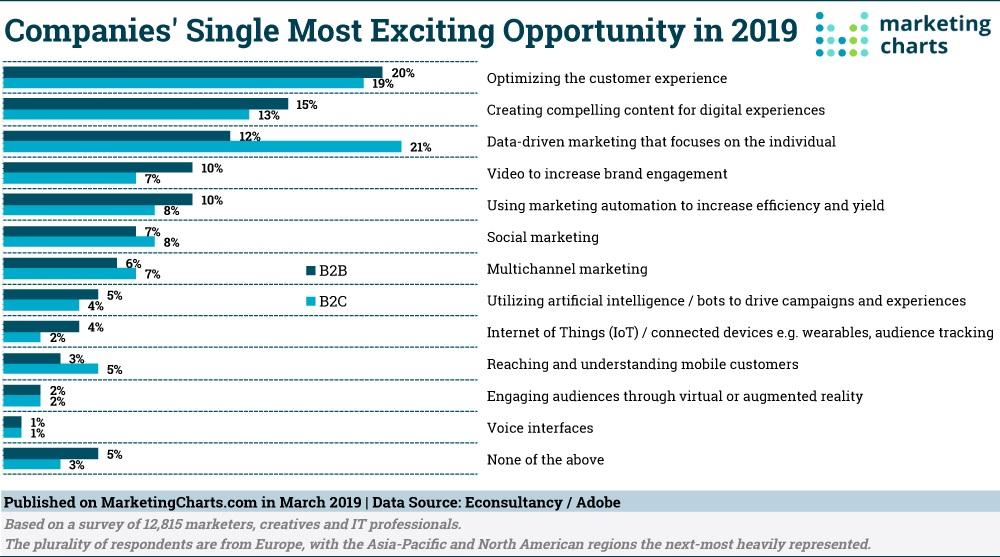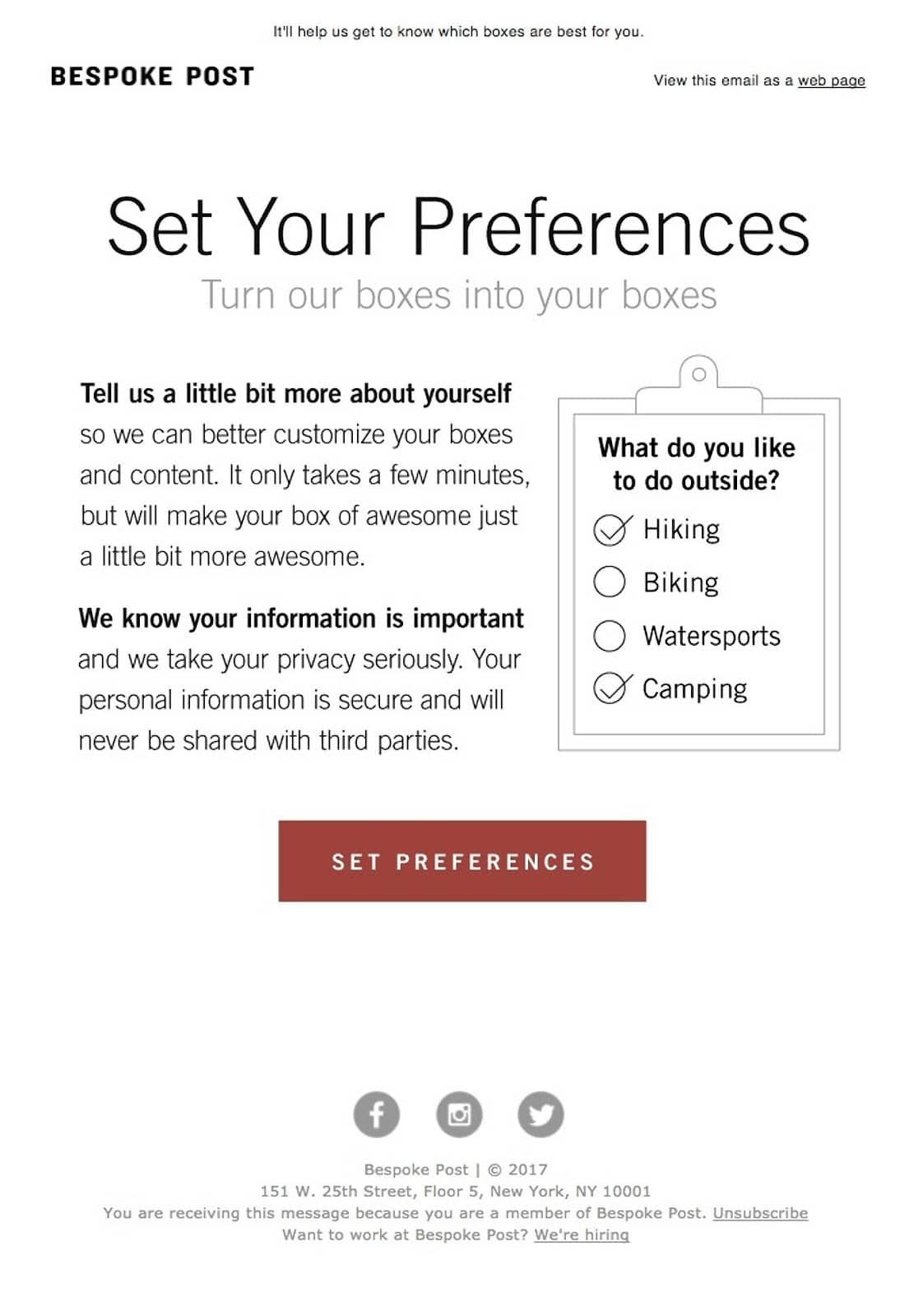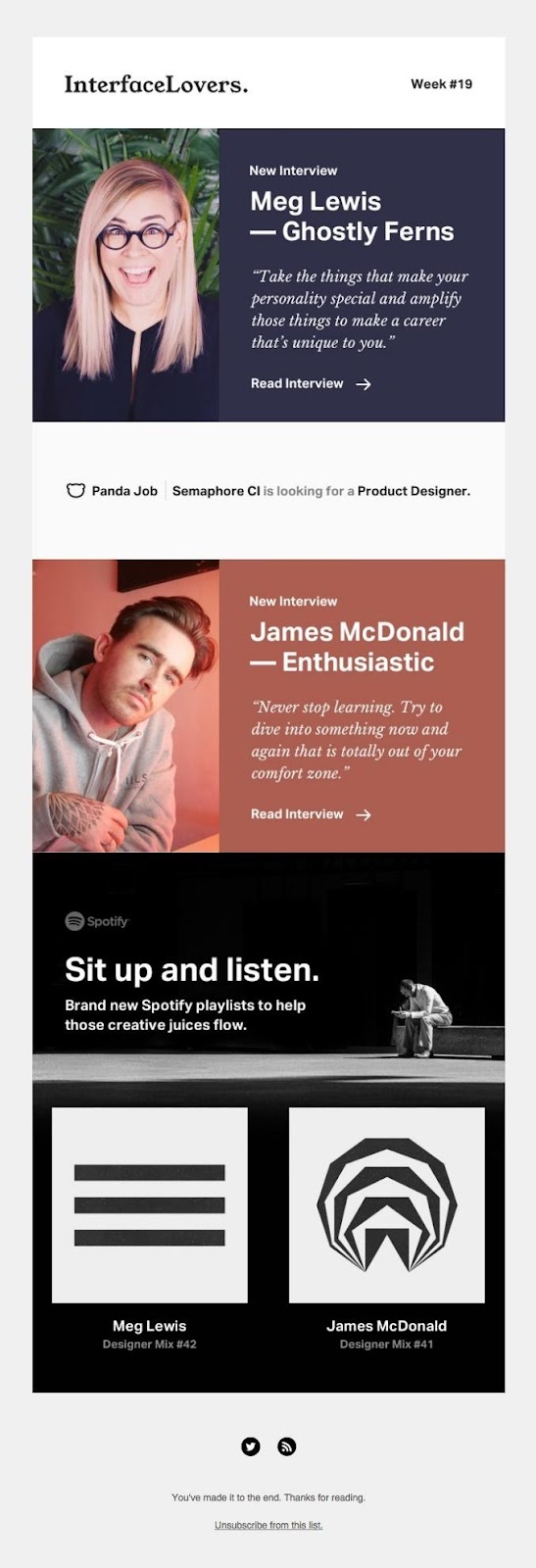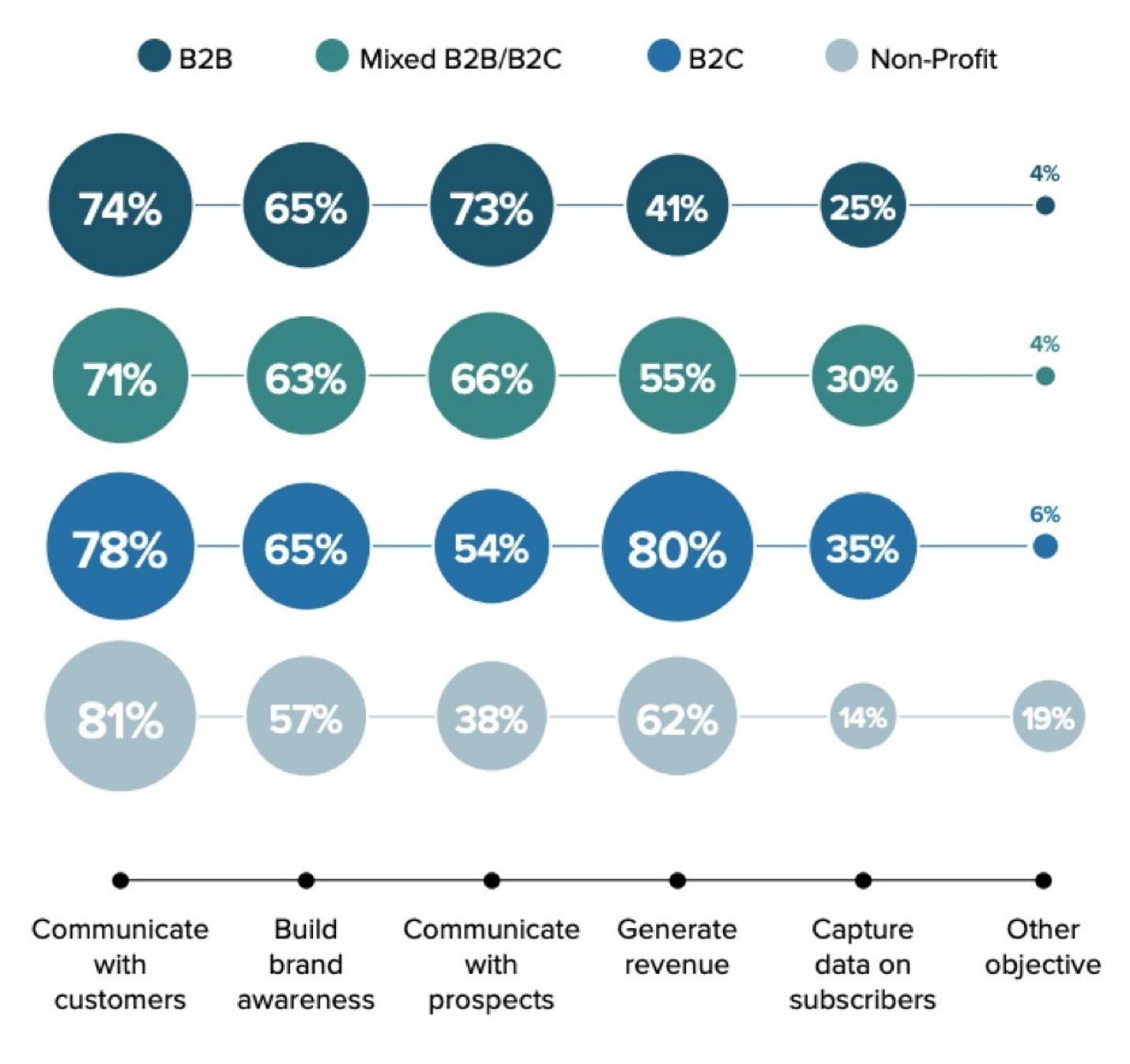How to build a successful customer marketing program
Experienced marketers are well-versed in the marketing funnel. It was designed to not only attract new customers but to keep them coming back for more—all while using them to help bring in potential leads.
Sure, the marketing funnel has worked well for brands, but we’re starting to see a shift take place. If your team’s aim is to have customer advocacy bring in more leads, then you need to focus on the customers and their needs.
That’s where customer marketing comes in.
Defining customer marketing
While the traditional marketing funnel was created to help keep leads flowing in, it doesn’t focus enough on the most crucial piece of the puzzle. While the funnel encourages the customer to make a purchase, the goal is still in favor of the brand (not necessarily the customer).
This is clearly visible in the example below of a traditional sales/purchase funnel:
Source: Wikimedia Commons
Again, this funnel doesn’t give consumers much in the way of value. Instead, it shows why they need your product or service.
Customer marketing strategies cater to the customer and their needs—not yours.
Customer marketing wins over customers and builds relationships with them. This helps increase overall retention while reducing your customer churn.
With an average customer churn rate of 5.6% across both B2B and B2C brands, it’s clear that focusing on your customers and their needs is a vital piece of your marketing strategy.
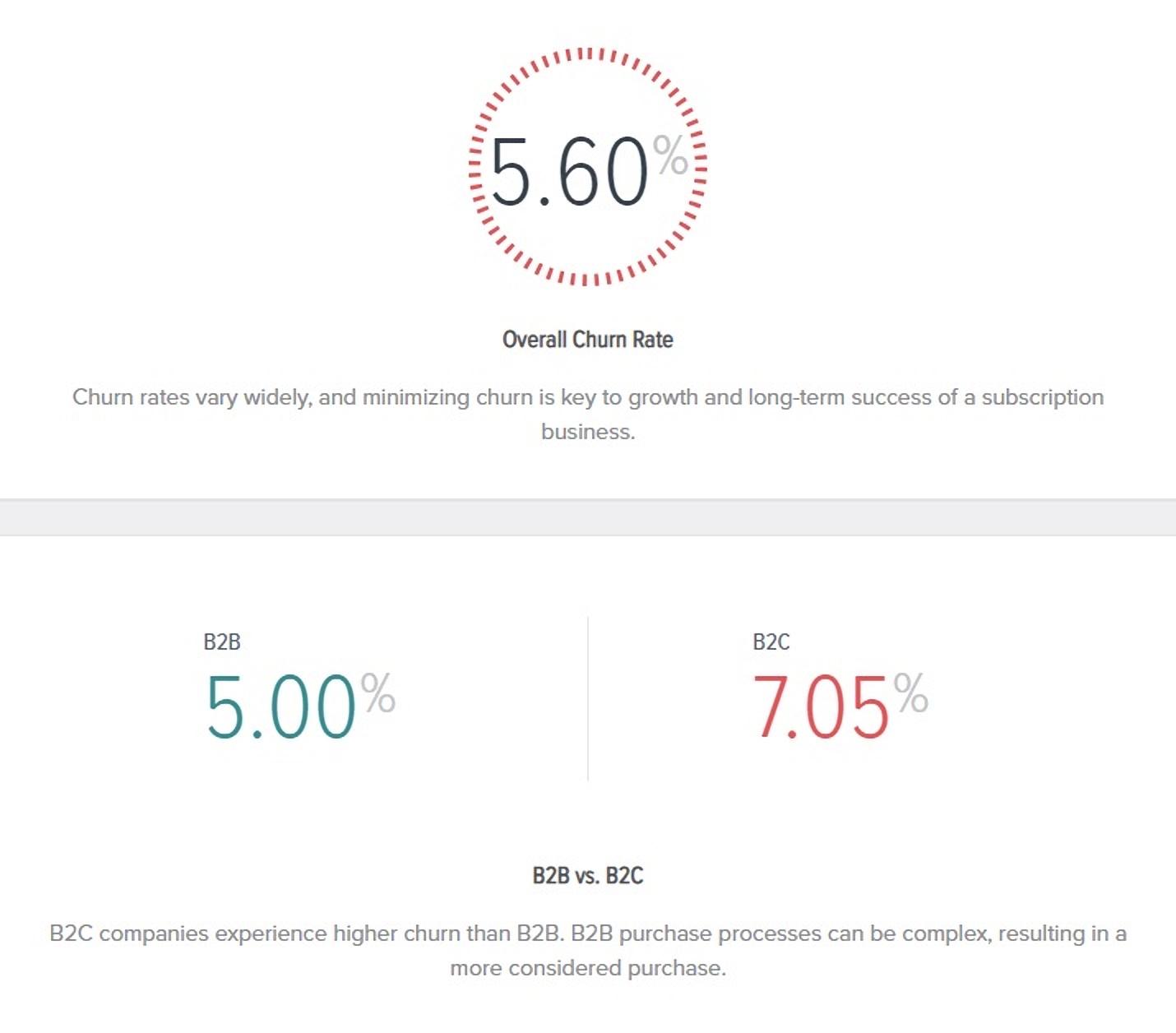
Is customer marketing replacing the sales funnel?
For those having a hard time letting go of the traditional marketing funnel, don’t worry. You aren’t doing away with the entire funnel. You’re adding to it.
Source: Campaign Monitor
See how the funnel doesn’t end at the purchase stage? Instead, it continues with these steps:
-
Adoption: Welcome your new customers with onboarding tools and resources
-
Retention: Continue building your relationship with your customers
-
Expansion: Make your customers feel they matter by learning from them
-
Advocacy: Encourage happy customers to spread the word of your brand
When done correctly, your customer base will advocate for your products and services, helping you bring in more leads through good word-of-mouth. Think of it this way: The more you invest in the wellbeing of your current customers, the more they’ll want to spread awareness of your brand.
Build a customer marketing program in 4 steps
With marketing shifting to the customer and their needs, it’s vital to restructure your marketing strategies accordingly. The good news with customer marketing is that it’s designed to build upon current, successful marketing strategies, which is evident by our marketing outline above.
If you’re looking to build a successful customer marketing program, you’ll want to pay careful attention to the following four steps.
1. Focus on building up your customer experience
Customer marketing is just that—marketing with your customer’s experience in mind. Studies have shown that optimizing the customer experience not only helps reduce your customer churn rate but encourages repeat customers and customer advocacy.
Sure, while customer experience has been the main focus for marketers over the past few years, Marketing Charts showed that brands were most excited to increase overall customer experience in 2019—and that trend is expected to continue into the years to come.
Source: Marketing Charts via Business 2 Community
Optimizing the customer experience can be done in several different ways, including:
-
Optimizing a brand’s product or service to better suit their consumers
-
Designing marketing materials for the consumers’ preferences (not for the brand’s benefit)
-
Asking for consumers’ opinions and building quality relationships
Take the time to get to know your customers. After all, you can’t cater to their needs without knowing who they are and what they’re expecting from you.
If you encourage customers to sign up for your newsletter or follow you via social media or email, a great way to get to know them is by encouraging them to fill out a preference center. Bespoke Post does an excellent job of getting to know their customer’s email preference:
Source: Really Good Emails
A preference center like this allows your customers to tell you exactly what they want from you.
Once this is complete, it’s important that you don’t deviate. This is especially true for those who have opted into your email marketing list. This preference center allows you to segment your emailing lists accordingly, so there should be little to no excuse when it comes to sending relevant content to each of your subscribers.
2. Create compelling content worth sharing with your customers
Once you’ve started building your lists, it’s time to create compelling, share-worthy content. In the case of customer marketing, you want to focus not only on proving that you’re trustworthy and an authority, but also on providing content that your existing customer base will find useful. This can come in many different forms, such as:
-
Industry infographics
-
Case studies
-
eBooks
-
White papers
-
Videos
-
Checklists
-
Interviews with industry experts or members of your company
The content you’re sharing should be helpful for those who have yet to purchase but also educational for those who have. Remember, customer marketing doesn’t end with the initial purchase. You want to continue being an informative figure in their professional life to encourage repeat purchases and customer advocacy.
Interface Lovers does a fantastic job of creating content worthy for customers, no matter what stage in the journey they may be in.
Source: Really Good Emails
They include links to new interviews along with suggestions for playlists that their followers can listen to should they need some extra inspiration.
Current customers will enjoy listening to interviews with industry experts. But those who haven’t yet made their initial investment will see this content as authoritative, encouraging them to invest in a relationship with you.
3. Share your content
Content is critical to the success of your customer marketing strategy. Why? Not only does content marketing cost 62% less than traditional marketing, and generate about three times as many leads, but 61% of consumers said they’re influenced by customer content (content that’s relevant to them and their needs).
However, having the best content available means nothing if you aren’t sharing it with your audience. While traditional marketing channels are viable, they don’t perform nearly as well as a digital marketing channel, especially email marketing.
When it comes to the highest performing channels and the best overall return on investment (ROI), email marketing still takes the number one spot. Not only does it bring in the highest overall ROI ($38 for every $1 spent), but it’s the preferred method of communication between the consumer and their favorite brands.
Source: Smart Insights
Again, the point of customer marketing—even via email—is to provide your customers with interesting and relevant information. So, make sure your content is falling in line with what they want. Again, this is why email list segmentation is so important.
One excellent example of a brand that puts their customers’ needs first is Airbnb. Once a customer’s booked something, Airbnb sends them an email to help build on their overall travel experience (which also builds on their customer experience).
Source: Really Good Emails
This email proves that Airbnb cares about their customers’ vacations as much as their interests.
4. Ask for customer feedback
Finally, when working on your customer marketing strategy, make sure you’re designing a strategy that truly benefits your customers by communicating with them.
Asking them for a few minutes of their time to answer a customer feedback survey is all it takes.
Source: Really Good Emails
This can be done through any of your digital marketing channels, including social media. However, the best way to reach your customers is through their inbox. An email message is five times more likely to be seen than a Facebook message (whether it’s a direct message or in a news feed). So, take the time to craft an email survey that allows your customer’s voice to be heard. Then, implement changes that reflect your customers’ opinions.
Wrap up
While the traditional marketing funnel may still be relevant, crafting a customer marketing strategy is the marketing move of the future. If you want to gain followers and repeat customers that advocate for your brand, create a customer marketing strategy with these four steps in mind:
-
Focus on the customer experience
-
Create content worth reading and sharing
-
Share your content
-
Ask your customers for their feedback
Ready to take your marketing strategy to the next level? Schedule your demo today and start creating dynamic content that your subscribers will love.
MOST RECENT ARTICLES
Want to engage your audience and grow your brand? Try Emma's robust easy-to-use product today.

